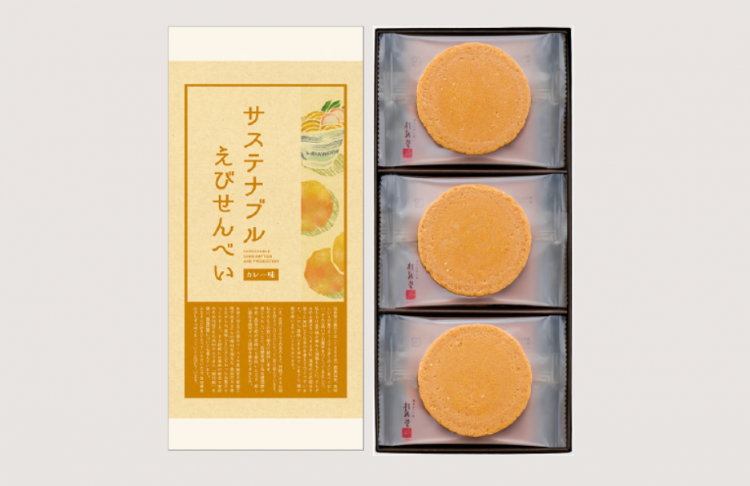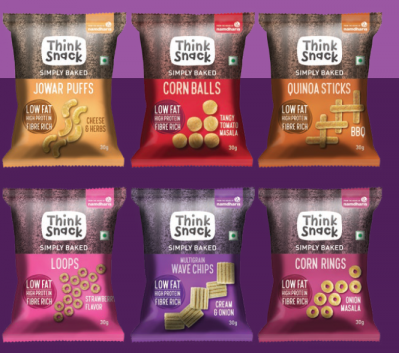From scraps to snacks: 150-year-old Japan firm Keishindo turning waste into sustainable shrimp crackers

Established in 1866, Nagoya-based Keishindo is known for its shrimp crackers made from shrimp surimi (paste), wheat and soy, as well as whole grilled shrimps.
Typically, only the flesh of shrimps are used when making the surimi, and the shrimp heads are usually discarded.
But now Keishindo wants to transform these discarded prawn waste into value-added products.
Together with Wakashachi-ya, a curry udon restaurant chain also in Nagoya, and students of the Nagoya International Junior and Senior High School, they developed a spicy curry-flavoured shrimp cracker made with shrimp heads and off-cuts of udon noodles, which were still edible but often treated as food waste.
The ingredients are combined, and curry powder added for flavour, before baking the crackers with iron plates.
“It was our project mission to make delicious snack that makes our customers happy, while reducing food loss and waste and playing a part in delivering the United Nation’s Sustainable Development Goals (SDGs),” said Yuji Mitsuda, executive managing director at Keishindo Corporation.
He told FoodNavigator-Asia: “Mr. Masahiro Takahashi, vice president of Wakashachi-ya and myself work together at an organisation called the Junior Chamber International Nagoya, and an SDGs-related project there inspired us to collaborate on the development of a new product.”
Japan food waste problem
Every year, approximately 25.31 million tons of food loss and waste is generated in Japan.
Of this amount, about 6 million tons are considered edible, according to a report by the Consumer Affairs Agency (CAA) of Japan.
“There have been TV commercials calling for reduction of food waste recently and we believe the public awareness of this issue is increasing,” Mitsuda said.
In Japan, near-expired confectionery and snacks are typically sold at a discounted rate to reduce food loss and waste.
However, Mitsuda said this alone cannot be a sustainable solution.
“While the common approach in Japan is to sell products at discounted price, we use ingredients that would normally be discarded, turn them into delicious crackers, and sell them at full price.
“We hope that we provide opportunities for people to think about the SDGs through the issue of food loss and waste while enjoying our delicious crackers,” Mitsuda added.
The the sustainable shrimp cracker took two years of research and development, while its other products typically take six months to a year in development.
In the future, Keishindo also hopes to eliminate the generation of food loss and waste from its factories.
Sales
Students from the Nagoya International Junior and Senior High School contributed ideas on the product package design, sales promotion plans, and conducted publicity for the product after it went on sale.
The product is sold on Keishindo and Wakashachi-ya’s online and retail stores, as well as airport and train stations across the country. The firm is also open to export opportunities.
Last year, Keishindo also developed a halal-friendly version of its shrimp crackers.
Typically, most shrimp crackers (ebi-senbei) contains alcohol in its seasoning, so Keishindo created an alcohol-free cracker to attract Muslim consumers.
In Australia, Seeweedery is turning discarded prawn shells into prawn oil for cooking, as well as developing a vinegar made from seaweed.







